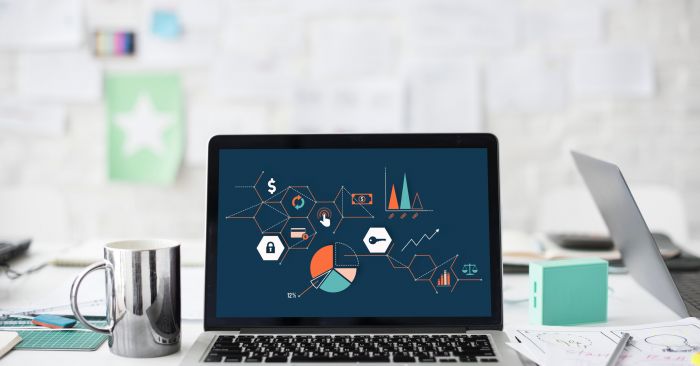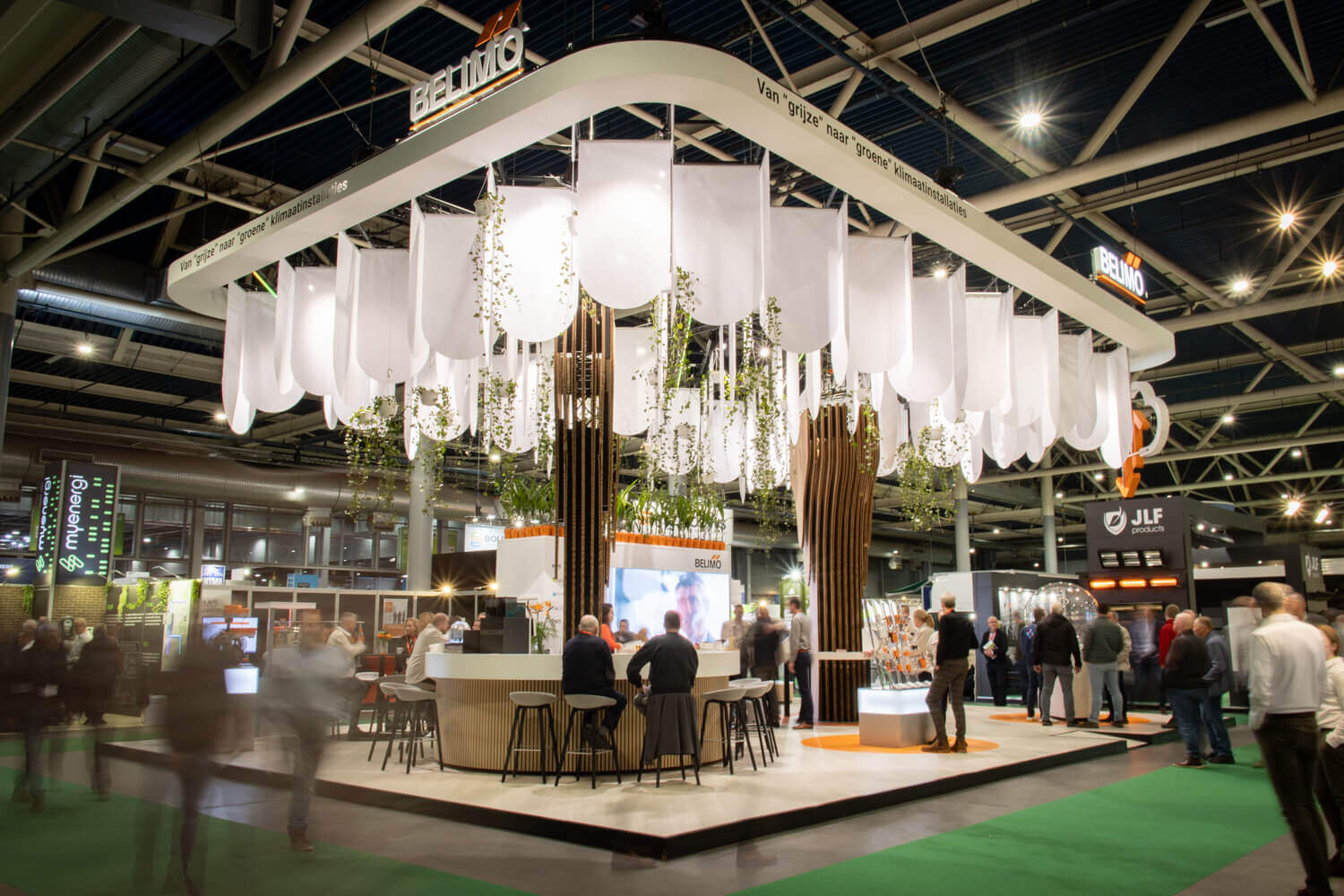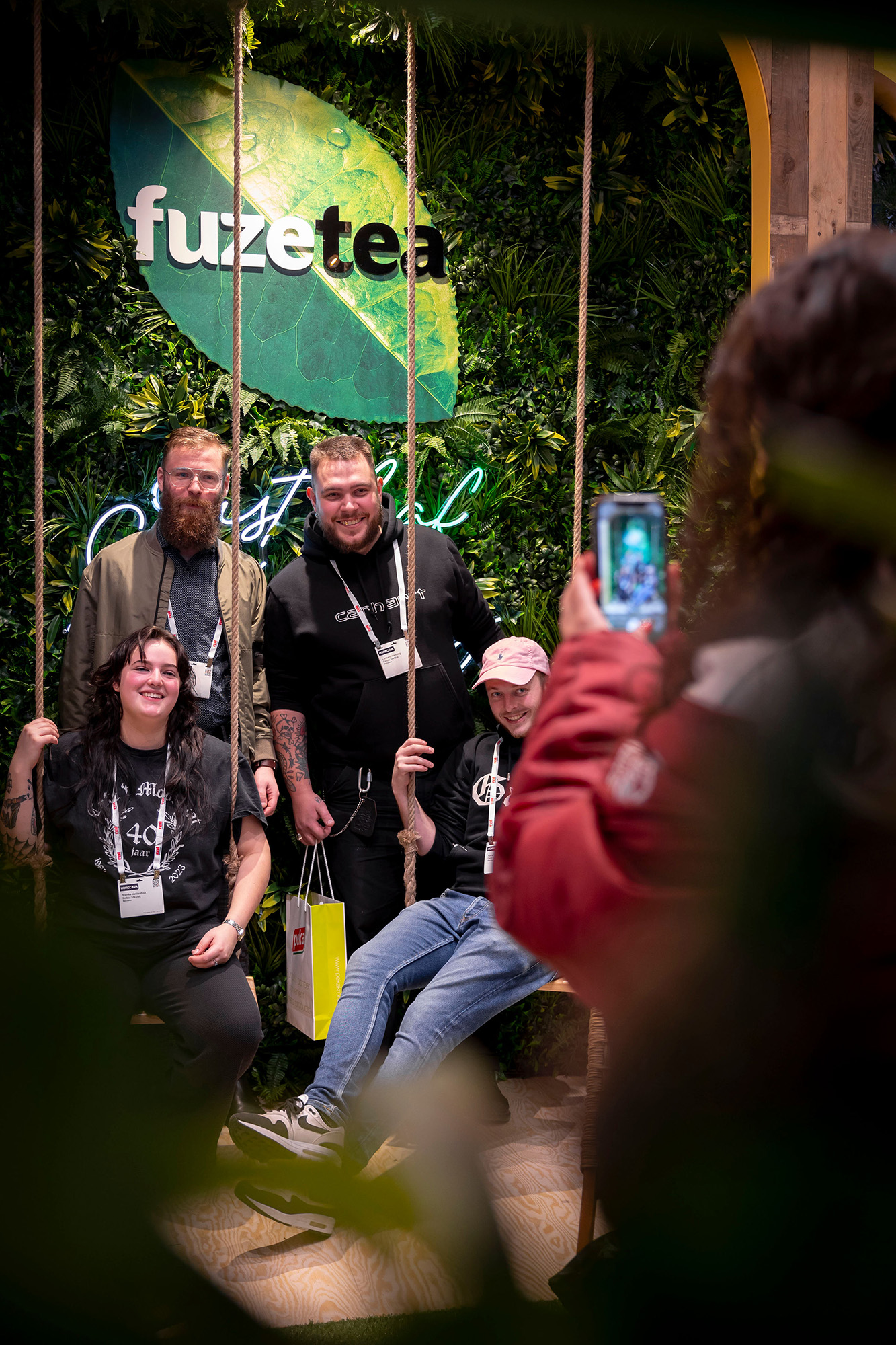From exhibition stand to brand experience part 3: Visitor data


Businesses increasingly gather visitor data at exhibitions and events. Why do they do this? Well, data helps companies improving their customer brand experience. A better brand experience leads to an increased customer loyalty, which then leads to more customers. So, say goodbye to your boring counter and start creating better brand experiences! But how does data lead to a better brand experience?
Glad you’re asking! In this blog, we’ll take you through three important steps in which data contributes to the development, measurement, and improvement of brand experiences at trade shows. Note: a brand experience is not a one-size-fits-all solution. It’s a creative process!
1. First things first: what triggers your visitors?
When you decide to start integrating brand experience in your exhibitions and events strategy, there is one very important thing you should do first: Clearly identifying whom you want to target during the show. This is the fundament on which you can build a solid brand experience.
How? Gather and map relevant data from your visitors. Define, for example, in the following categories:
- What are their interests?
- What is their role?
- Where are they from?
Use this data to sketch a clear profile of the visitors you want to target. This profile is the basis for the development of your experience concept.
TIP: ask the exhibition organizer for visitor’s data and look for useful data in your company’s CRM system. It’s even possible to supplement this with data from e-mail software, social media and Google analytics.
2. Measurement is key
The power of brand experiences is to activate and stimulate people’s senses and get them excited about your brand. You give them something fun, innovative or informative and get pieces of data in return. With this data, brands can increase their relevancy for their target group during, and after the event.
Imagine: a visitor has shown interest in a specific machine you presented during your latest trade show. A couple of hours later, you send him an e-mail with in-depth information about that machine, including contact details, a link to a webshop and suggestions for other items he might be interested in.
So, which data is definitely worth gathering during a show?
- Name and e-mail address
- Interest in specific product/service
- Country/region
- Existing or new prospect?
- B2B: job title and company name
- For large stands: walking routes by a heatmap
Check our Visitor insights Expobooster to know how to gather this data!
3. Interpretation and evaluation
De last and most important step is the interpretation and evaluation of data. The REAL results are not in the numbers and letters, they are in the analysis, conclusions and actions that come out of the data.
- Stick to your plan: What was the reason you wanted to gather this data in the first place? If done properly, you know exactly which insights you want to get out of your data.
- Visualize the data: Catch everything in clear graphs and charts. How many people visited the stand? Which product was the most popular amongst the visitors? What percentage of the visitors were potential customers? Which day was the most successful and why? Combining the data provides many interesting and useful insights.
- Share with the team: Sharing the statistics of a trade show isn’t just fun, it’s crucial for understanding how the team performed. Which things went really well? And what can be improved next time?
- Data mapping: It’s time to organize the data and make sure everything is saved and stored in the right places, ready to implement into the company’s marketing strategy. Make sure to import the data in, for example, your CRM system, mailing platform and social media advertising accounts. Don’t forget, however, to take the GDPR regulations into account.
- Plan Actions: All information is now in the right place, accessible to the right people in the organization. Make sure everyone actually starts using the data by planning actions and creating a timeline in which these actions are being executed. This is what eventually leads to achieving exhibition objectives.
Better brand experiences through data
Visitor data helps business to increasingly understand their target group. Customer behavior and customer interests are becoming more measurable every day. This information allows companies to specify and personalize their brand experiences in a way that triggers the right people at the right time.
Want to know how we can help you to develop your next trade show brand experience? Let us know!
Like this article?
If you want to be notified about new blogs, please fill in your email address to subscribe to our newsletter.

Also interesting for you

From eye contact to engagement: Effective non-verbal communication

Boost your customer relationships with customer engagement
